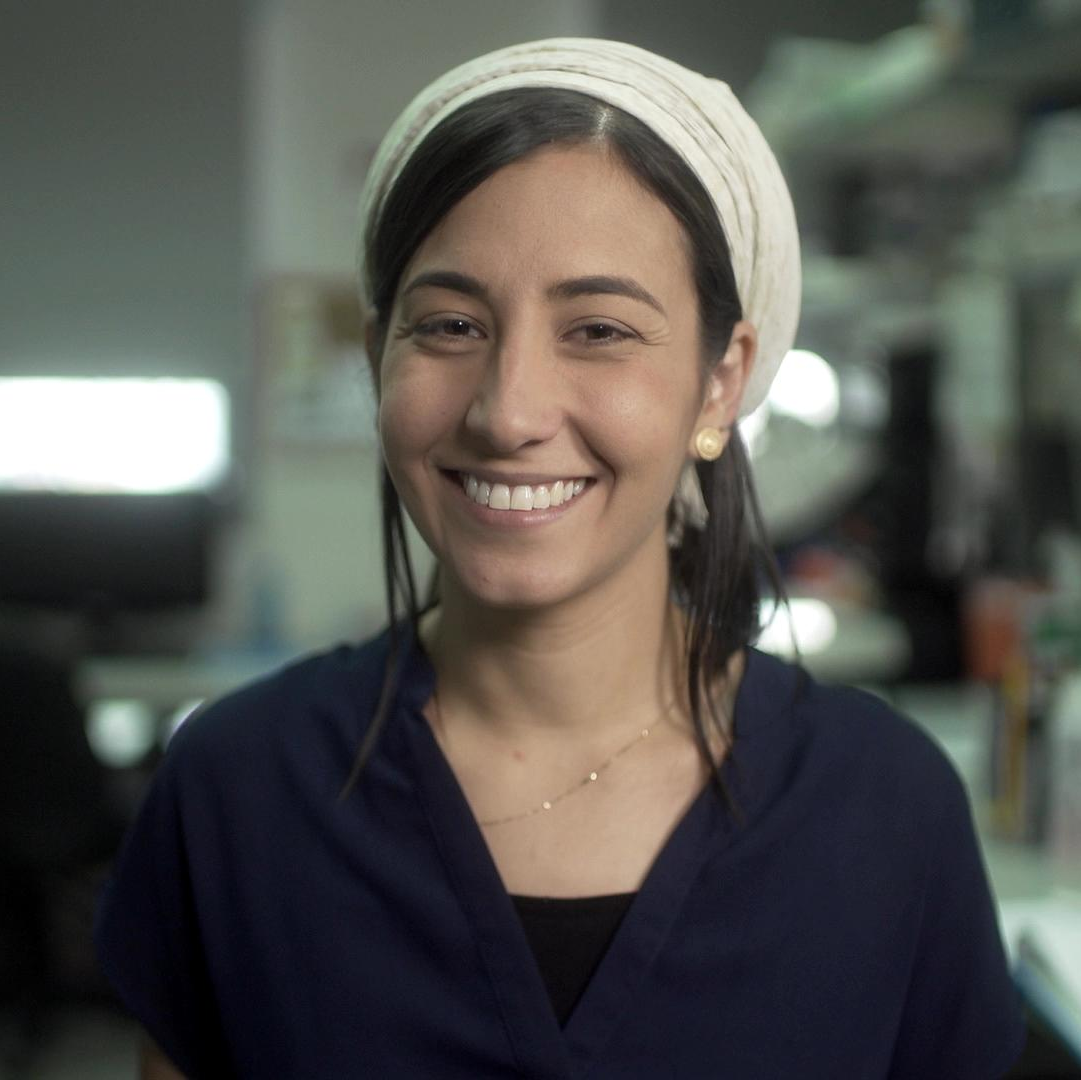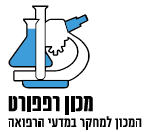Ron Feiner
of Tel Aviv University studies under the supervision of Prof. Tal Dvir. His work focuses on integrating electronic systems into engineered tissues for better control and treatment. Cardiac tissue engineering focuses on finding a solution to the shortage in heart donors. As cardiac disease is the leading cause of mortality in the western world, one of the most promising solutions is cardiac muscle tissue engineering to create artificial tissue, which will replace the damaged tissue and return sound functioning to the heart. One of the issues facing scientists and clinicians in the field is a lack of ability to monitor and control the implant after the patient has received it.
In order to find a solution, Ron has developed a system whereby he integrates advanced electronics within the engineered tissues. This allows the physician to monitor and control the tissue from afar after it has been implanted in the patient. In addition, this system has made it possible to release drugs and other molecules from within the tissue to aid in implant integration and rejection. Ron’s work focuses on cardiac tissue engineering but can easily translate into other tissues and organs. Ron’s work has been published in leading journals, including Nature Materials, Biomaterials and Nanoscale.
Michal Marcus
The Faculty of Engineering at Bar Ilan University, under the direction of Prof. Orit Shefi, focuses on the development of tools and methods for restoring the nervous system after injuries and neurodegenerative diseases. The ability of a nerve cell to recover after injury is limited, leading to the need for innovative rehabilitation platforms. Michal leads a unique study in which she uses magnetic forces to control neuronal growth and transport of reactive materials to the injury zone. By binding growth factors to nanoparticles, it transforms them into magnetic units that can be transported and controlled remotely through external magnets, and Michal has developed unique chips that combine magnetic elements that allow the particle to be directed to specific sites, thereby achieving selective treatment. To focus the drug's activity on the affected areas only, thus improving treatment effectiveness and reducing side effects.
In addition, it has developed a unique method by which the cells themselves, nerve cells, are transformed into functional magnetic units. By activating external magnetic fields, it was able to locate the nerve cells and control the growth of the extensions of the reconstructed cells. In this way it actually showed the ability to organize remote neural networks. The development of this technology can contribute greatly to cellular and therapeutic therapies, especially to rehabilitation of the nervous system after injury.
Adi Hanuka
Dr. Adi Hanuka, of the Electrical Engineering Department at the Technion, under the supervision of Prof. Levi Schachter, is performing research in the field of particle accelerators which are used in radiation therapy machines for cancer treatment.
Today's conventional radiation machines are relatively large, expensive and specialized machines that remain rather inaccessible to large portions of the medical industry and patients. The accelerating component is usually one meter long, and the entire radiation machine is usually the size of a room. The radiation therefore does not have direct access to the tumor, and thus healthy tissue is inevitably damaged as radiation passes through it. Also, since the accelerating component is relatively large, it rotates around the patient in order to deliver radiation from several positions, which means that the treatment is lengthy and cumbersome.
Dr. Hanuka’s research is focused on Dielectric Laser-driven Accelerators (DLAs) as an alternative paradigm to today’s conventional radio-frequency (RF) accelerators. DLAs operate at optical frequencies which are much smaller than RF, and Dr. Hanuka’s theoretical and experimental research shows that it is feasible to shrink the accelerating component by up to six orders of magnitude (from ~1 meter to ~1 micrometer). Second, Dr. Hanuka’s research shows that DLAs can potentially support accelerating fields one to two orders of magnitude more powerful than conventional RF accelerators (1 GigaVolt/meter versus 35 MegaVolt/meter). And finally, DLAs are fabricated via lithographic techniques that are relatively low-cost and are suitable for mass production.
The resulting radiation device could potentially be quite a breakthrough in the field of radiation oncology. It is expected to be smaller, cheaper, and more portable than conventional RF accelerators – a so-called “Accelerator on Chip” – thus being available to more communities and patients. And no less important, it would allow greater radiation accuracy since it would facilitate treatment directly to the exact contour of the tumor, thereby reducing damage to healthy tissue.
Zvi Ya'ari
of the Department of Chemical Engineering at the Technion- Israel Institute of Technology, Haifa, conducted his PhD research under the supervision of Prof. Avi Schroeder, whose laboratory expertise are in developing targeted and personalized-medicine technologies. More than 30% of the cancer patients are prescribed an ineffective medication. Selecting the proper drug, that addresses each patient’s unique disease presentation, is the primary goal of personalized medicine. In his PhD research, Zvi developed a first ever nanoparticle-based barcoded diagnostic system for predicting the personalized therapeutic efficiency of medicines. Specifically, Zvi developed 'barcoded nanoparticles' – each loaded with a miniscule dose (approximately 1/1000th of the therapeutic dose) of various anti-cancer drugs using unique molecular barcodes. This diagnostic tool enables to predict the personalized potency of various of medications not only in the patient's tumor cells but also in the different cell types that compose the tumor microenvironment. This Novel approach, is a technological breakthrough with clinical and scientific importance, enabling physicians to strategize precision treatment for each patient. These findings were published in Nature Communications 2016, and since, this paper has been ranked in the 96th percentile out of all articles of a similar age in all journals.
On a personal note, Zvi grew up in the town of Kiryat Atta and is the first of his family to complete higher academic education and to be entitled as a PhD scientist. As such, he hopes to contribute back to his community when he returns to Israel after conducting his postdoc research in Memorial Sloan Kettering Cancer Center in New York, USA.






